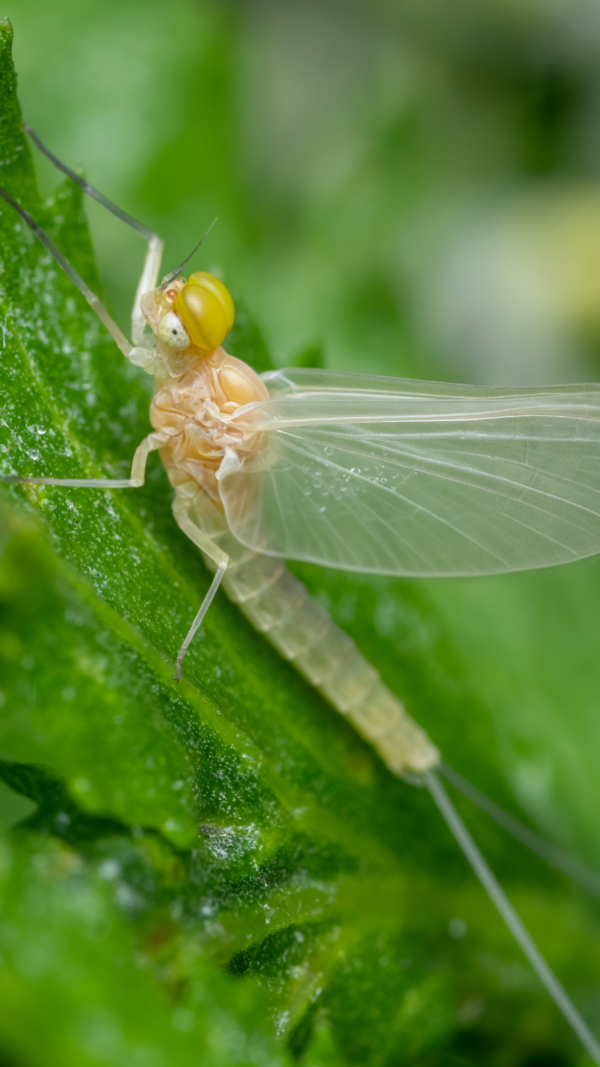5 wild facts about Komodo Dragons that prove they're nature’s ultimate predators

5 wild facts about Komodo Dragons that prove they're nature’s ultimate predators
The Komodo dragon isn’t just the world’s largest lizard, it's also one of the most efficient predators in the animal kingdom. Found on a handful of Indonesian islands, these massive reptiles can grow up to 10 feet long and weigh more than 150 kilograms. But it’s not just their size that makes them deadly. Komodo dragons are evolutionary icons, with a combination of ancient traits and modern adaptations that make them perfectly suited for survival.
They have a hunting style that is a combination of flexibility, power, and biological traits that help them to take down prey that is several times their own size, including deer, wild boar, and even water buffalo. For centuries, they’ve been a subject of interest , fear, and plenty of myths. But as scientists study them more closely, it’s clear that the truth is even more impressive.
Here are five wild facts that tell why Komodo dragons rank among the top predators in nature.

Their bite is laced with venom, not just bacteria
It was long believed that Komodo dragons killed their prey through toxic bacteria in their mouths. However, scientists have since discovered that these reptiles actually possess venom glands. Their venom lowers blood pressure, prevents clotting, and induces shock in their prey making escape nearly impossible. Once bitten, an animal usually weakens really fast, that aids the dragon to follow the intoxocated prey and devour it with sheer patience and precision.

They can eat up to 80% of their body weight in one sitting
Komodo dragons aren’t picky eaters, instead they have quite a hefty diet. In a single meal, they can consume up to 80% of their body weight, because of their highly flexible jaws and expandable stomachs. That approximately equivals to 150-pound humans eating 120 pounds of food in one go! They swallow large chunks of meat ,whole bones and their stomach acids are strong enough to digest nearly everything, including hooves.

They hunt using flexibility and explosive power
Despite their bulky appearance, Komodo dragons are surprisingly flexible and fast. They use ambush tricks by waiting patiently for hours, completely motionless before launching a sudden, powerful attack. They can sprint at speeds of up to 20 km/h in short bursts, making their first attack to the prey count. Sharp claws, strong jaws, and a muscular tail add to their edgey weapons, making them top predators in their environment.

They can detect prey from miles away
Komodo dragons have an excellent sense of smell not through their nose, but through a highly sensitive tongue. By flicking it in and out, they “taste” the air and detect scent molecules. Their Jacobson’s organ, in the roof of their mouth, analyzes these molecules, helping them locate dead or dying animals from nearly 4 to 5 miles away. It’s their sixth sense that gives them a major hunting advantage.

They’re cannibalistic and rule their territory with dominance
Komodo dragons don’t just dominate other species, instead, they dominate their own kind too. These reptiles are known to be cannibalistic, especially during lean times or when food is scarce. Larger dragons will eat younger ones, which is why juveniles often live in trees until they’re big enough to defend themselves. These massive lizards are territorial and solitary by nature, and adult dragons fight for space and mates, ensuring only the strongest survive.








